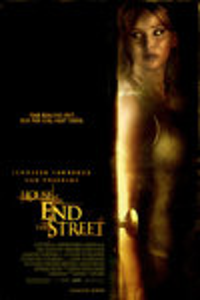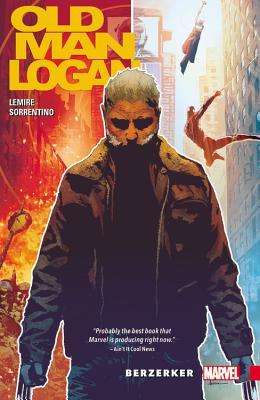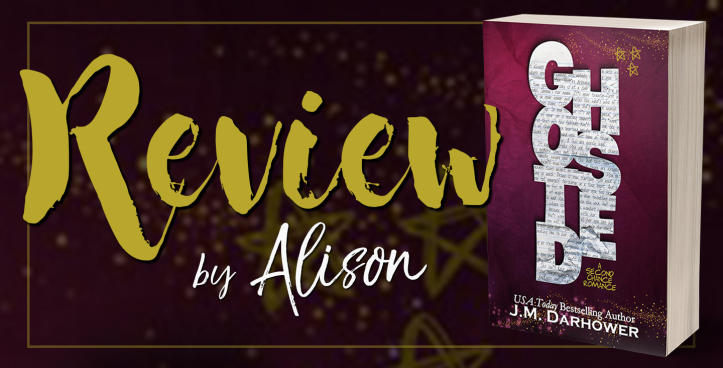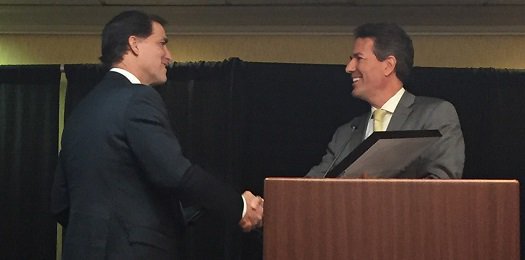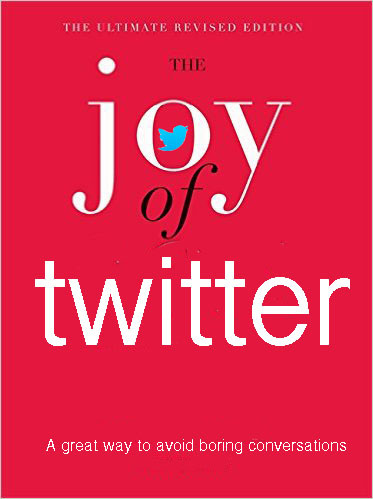I’m writing this at Mulligan’s Campsite in the oddly named Gibraltar Range National Park in northern NSW, between Grafton and Glen Innes. Last night, I took a walk and stumbled, at dusk, upon the historic Mulligan’s Hut.
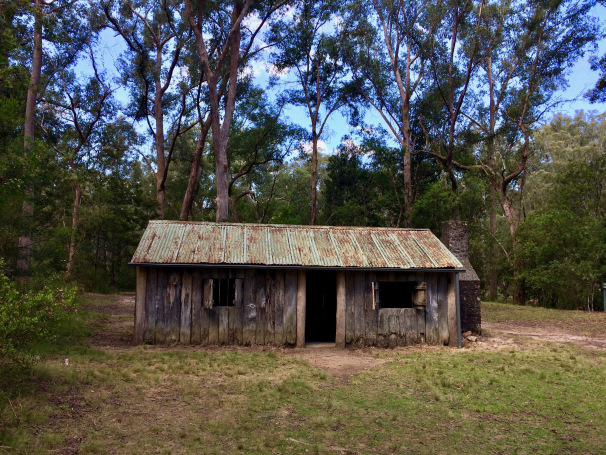
The signage tells me this: William Mulligan, born in 1862, proposed and planned a copper mine and a hydroelectric scheme on the Dandahra River, a scheme that was never built although the preliminary weirs were started and still exist today. What’s left of Mulligan is his hut.
Standing proud at one end is a substantial chimney stack that, inside the hut, opens out into a wide fireplace. It now bears the legend, ‘no camping’ above the lintel but would historically, I imagine, have been the scene of hardy men leaning on the mantle, warming themselves by the fire, recounting their days out in the hardscrabble land around here. Probably they would have drunk whiskey; certainly they would have eaten barley-based stews with hunks of meat and root vegetables: a northern European diet for British and Irish men far from home.
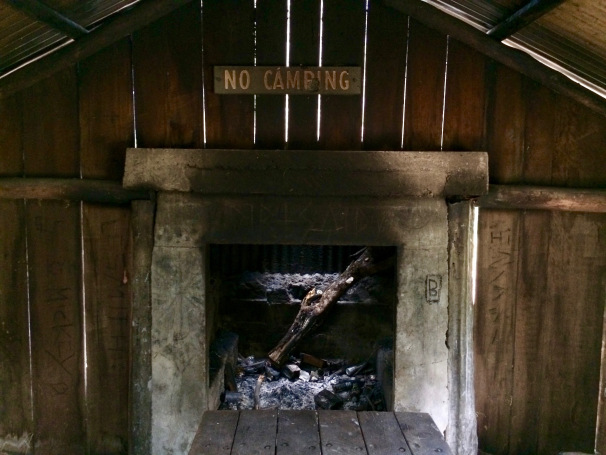
The hut extends back from the fireplace, opening out at either side to a paddock. Would there have been bunks so that many unrelated working men might each feel they had a tiny space to call their own? Was there usually wet gear lying around to dry in the heat and woodsmoke of the fire? Or did William Mulligan perhaps live here with a family; did the hut and its paddock ever ring with the shriek and laughter of children? Did a wife once scrub surfaces that now testify to the past?
More recently, people must have bedded down here, to warrant the ‘no camping’ sign. But I really don’t understand why. To me, at dusk, alone, the hut felt entirely unsettling, eerie, spooky; it definitely felt like it had bad juju. There were ghosts. Did Mulligan fight with his hardscrabble workers? Did he fight with his wife? Was the hut a scene of brawls, of card games by candlelight, the gambling getting out of hand? Were knives drawn? Was William Mulligan a calm man or quick to anger, flaring up, perhaps, when both his mines and his hydroelectric scheme were rejected? Or were the people within the hut united against a common enemy outside its walls: the hostile local environment and, perhaps, its people?

Mulligan was an early-ish settler, a planner of schemes when one could simply turn up and propose such things and (sometimes) get them done. There was, then, a proud, pioneering spirit about all of this, a sense in which this was an empty land, hungry for the taking, for sorting out, for developing.
But I’m reading the brutal, colonial history of Australia at the moment and so, of course, I’m struggling to celebrate the ‘settling’ and ‘exploring’ narratives of even the hardiest of hardscrabble men and even the most upbeat interpretive National Park signage about early pioneers. This narrative is layered into the Australian story of Australian nature; it is deeply ingrained into our relationship with the land and, as a result, into our national psyche.
In Australia, living on, or off, or even of, the land, as Mulligan did, is a deeply ingrained, true-blue Aussie thing to do. This explains our culture’s unthinking support for ‘our farmers’ (even where, as in the case of rice, they are farming a crop entirely unsuited to the climate that would be more efficiently imported from, say, Indonesia). Aussies reflexively support ‘our farmers’ even where the relationship with the land is laughably far from the rural, pioneering, settler idyll, with industrial-scale production, factory farming, fertilizers, antibiotics, subsidies, and the manifestly cruel live export of ruminants. And yes, I know, I know, this is a heretical thing to write, say, or even think, but hey ho, this is what I mean by the relationship with the land being ‘deeply ingrained’.
The self-image of land-connected Aussies comes from a very recent history of pioneering and conquering (=invading, of course) a hostile land, of making stuff work against the odds and eking a living out of an arid, sunburned country. In this respect, it is a settler-colonising narrative identical to the push west in the USA and the push East in Russia: each bore pioneering legends, the Oregon trail, the circled wagons, Little House on the Prairie, and the Western as genre; little boys still play cowboys and Indians. Comparably, Cossack fur traders, gold miners, and explorers pushed east from Moscow from Tsarist times, bringing Orthodox missionaries who displaced shamanism, as well as soldiers, industry, and finally the railway and settlers, both volunteers and those transported to the gulags, to populate the untamed, still-shamanic taiga. As a result, the iconic American is still the Marlboro Man while Vladimir Putin poses as pioneer: hunter, conqueror-of-Siberia, bare-chested and timeless on his horse. And in Australia? We have Banjo Paterson (‘there once was a swagman camped by a billabong’), Ned Kelly (murderer outlaw or loveable larrikin underdog, choose your narrative), and any number of William Mulligans who have left us their huts and their lingering sense of entitlement that it’s somehow OK to push out across the land regardless of who else was here first.
In this respect, national parks conceal an origin story. In English, the definition of nature includes the idea of ‘the absence of humans’. And in all the Anglosphere former settler colonies, national parks were a late-stage tool of colonialism: Yellowstone (1872), Kruger (1898), Banff National Park (1885), and the Royal National Park (1879), all established during settler-colonising times in the western USA, South Africa, Canada, and Australia respectively, served to ring fence ‘nature’ (defined Britishly as flora and fauna) as distinct from ‘humans’ (who would live in settlements, outside national parks). These were national parks, the first on earth, established to ensure that the new nations lived in the image of their coloniser in terms of their understanding of nature and British ideas about the rightful place of (displaced) first peoples. But this nature-versus-humanity division is a very Western, very Anglophone, very positioned, very ‘marked’ way of living; it is not everyone’s way. Peter Carey writes in A Long Way From Home:
- I had finally seen that all Aboriginal culture was based on country, on journeys, or tracks now cut up by fences. So then I understood that [the settlement] was a sort of prison where it was often impossible to honour the moral and religious obligations of singing country, and then the cause of the people’s awful lassitude was obvious. They were exiles, denied the meaning of their lives (2017, p.299).
So when city Aussies today relive their settler stories, getting ‘back’ to nature in national parks and campgrounds, living on (and of) the land the way that William Mulligan did in his hut, there’s a whole political history embedded in the knocking in of tent pegs and the setting up of camping stoves.
Mulligan’s proposed development projects are long enough ago, in our cultural memory, to be something we can admire and want, briefly, to emulate (as long as we have plenty of home comforts). Mulligan and his ilk opened up this continent to our ways of living and being (which, yes, is also my way of living, but it is not necessarily the only or the right way of doing things, and I think we all too easily forget that). Mulligan’s Hut also gives the national parks service something to put on a placard: some history, something tangible, because just ‘nature’ is much more difficult to package for the national-park-going public. In order for national parks to make sense, we have to understand them as places where nature gets to be itself and humans get to visit, temporarily. Mulligan and other ‘pioneers’ made this western relationship with nature possible.
But also we need to remember: if his hut feels spooky, it is because it is. There are ghosts: the ghosts of what this country once was, and what it might have been, and what had to happen for to become the way it is now. I don’t hate the way Australia is now, not at all. But I think it’s important to remember that the way it is today is founded on the bloodshed, the massacres, and the genocide that came before. Mulligan himself may not directly have had blood on his hands; most of us don’t. But our way of life, our camping out in pristine nature from which Indigenous people were pushed out, is dependent on a national parks narrative that, itself, stands on the shoulders of the colonizing narrative of Terra Nullius. To get to the top of the pile, our narrative has had to vanquish other ways of being. This is why Mulligan’s Hut feels spooky and haunted: because it is.
Share